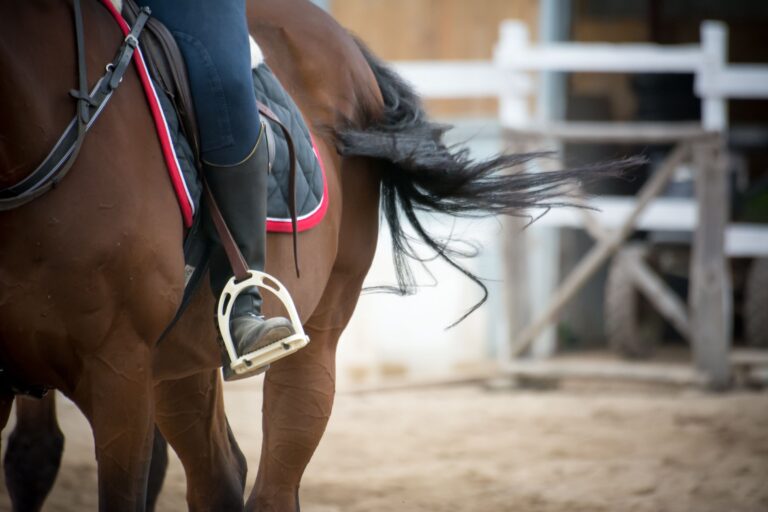A saddle in its raw form was invented at least as early as 800 BCE, but it took some time for riders to start accessorising in the foot cradle department, writes CHRISTINE ARMISHAW.
In the early days, there were sculptures from ancient India depicting bare-footed riders using big toe stirrups. Yes, small loops of leather just big enough for the rider to brace their big toes for a bit of stability. Not much use for someone wearing shoes though, so there was still room for improvement. But good things take time and the first proper stirrups originated somewhere in China around a thousand years after the saddle.
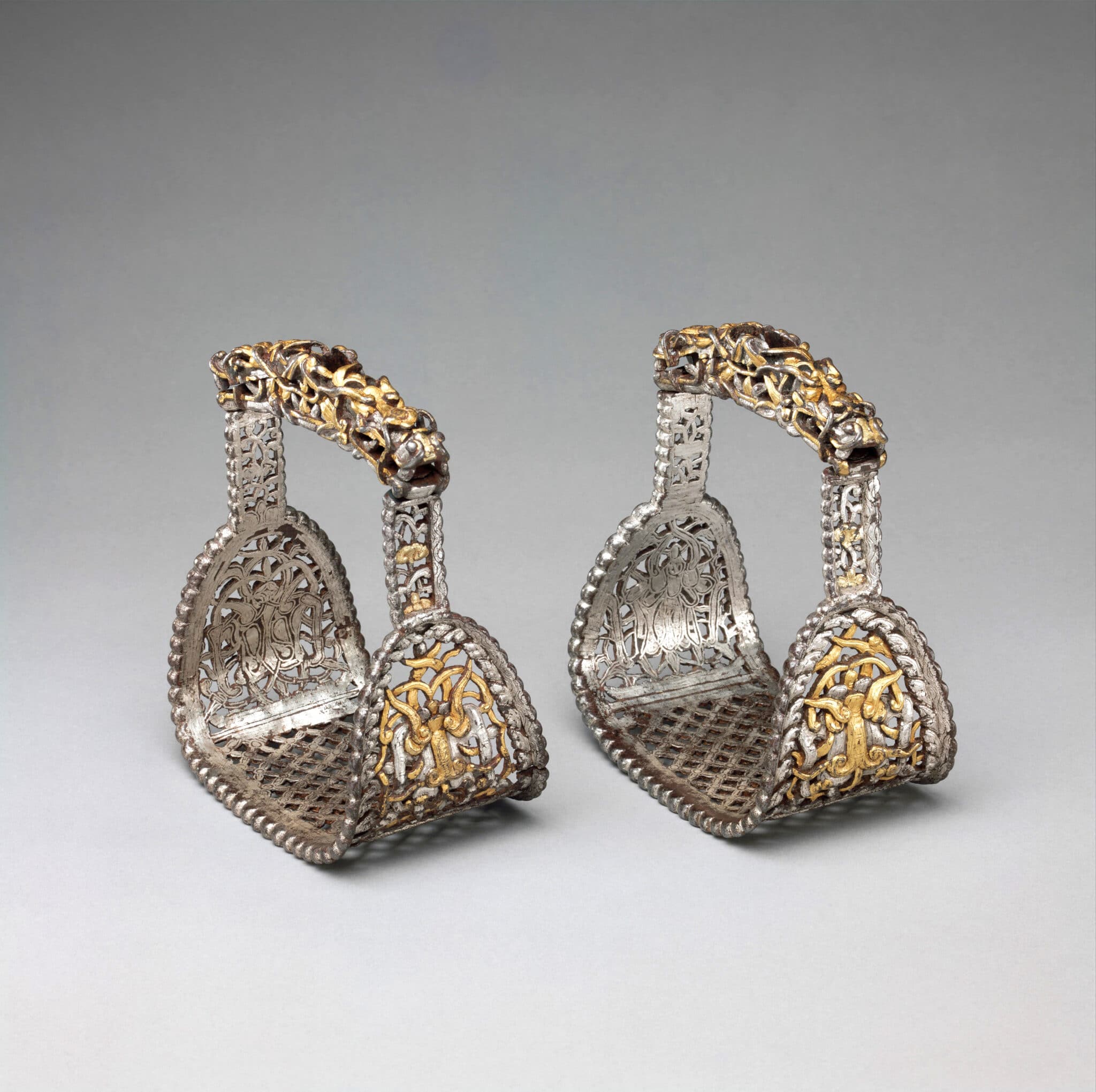
Meanwhile, over in Europe, the stirrup wasn’t embraced until much later on in the 18th century. It was worth the wait, because without those nifty side-straps on saddles, heavily armoured knights would have struggled to mount and stay on board, cutting short the spectacle of jousting.
Through various iterations, stirrups were made from metal, wood and leather. They came in many forms, including triangles, circles, and of course the fillis, that familiar shape of an arch over a flat base that’s still the quintessential, English-style iron. While stirrups today are made from a variety of materials, including stainless steel, aluminium and various plastic composites, stirrup ‘irons’ are still how many horse people refer to this piece of tack.
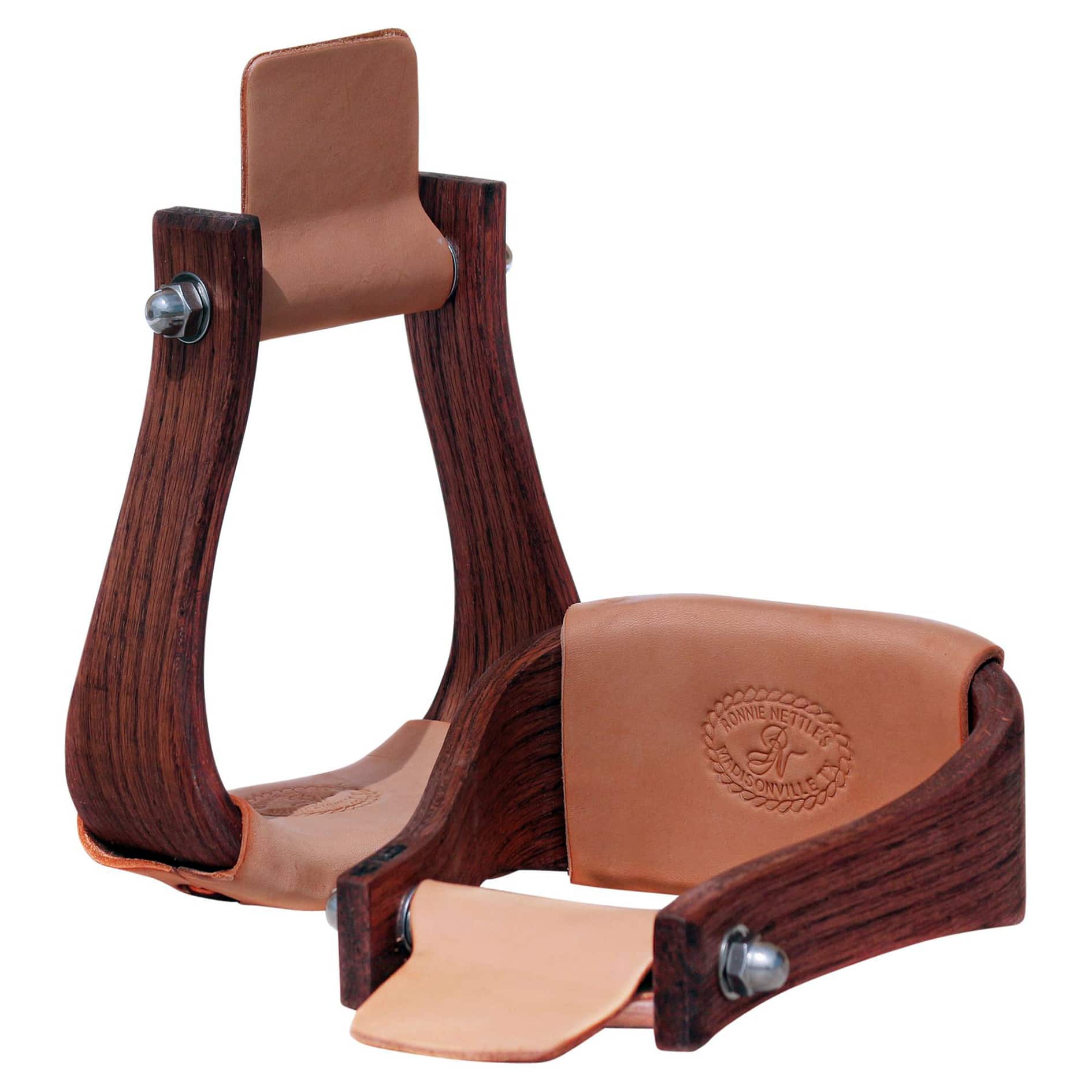
English style safety and comfort
Interesting developments have taken place in the stirrup realm, including removing the outside bar of each iron to give the rider a clean release if required. Japan was the first to adopt this safety style, which prevented the rider’s foot from getting caught if they fell from, or got shot off, their horse.
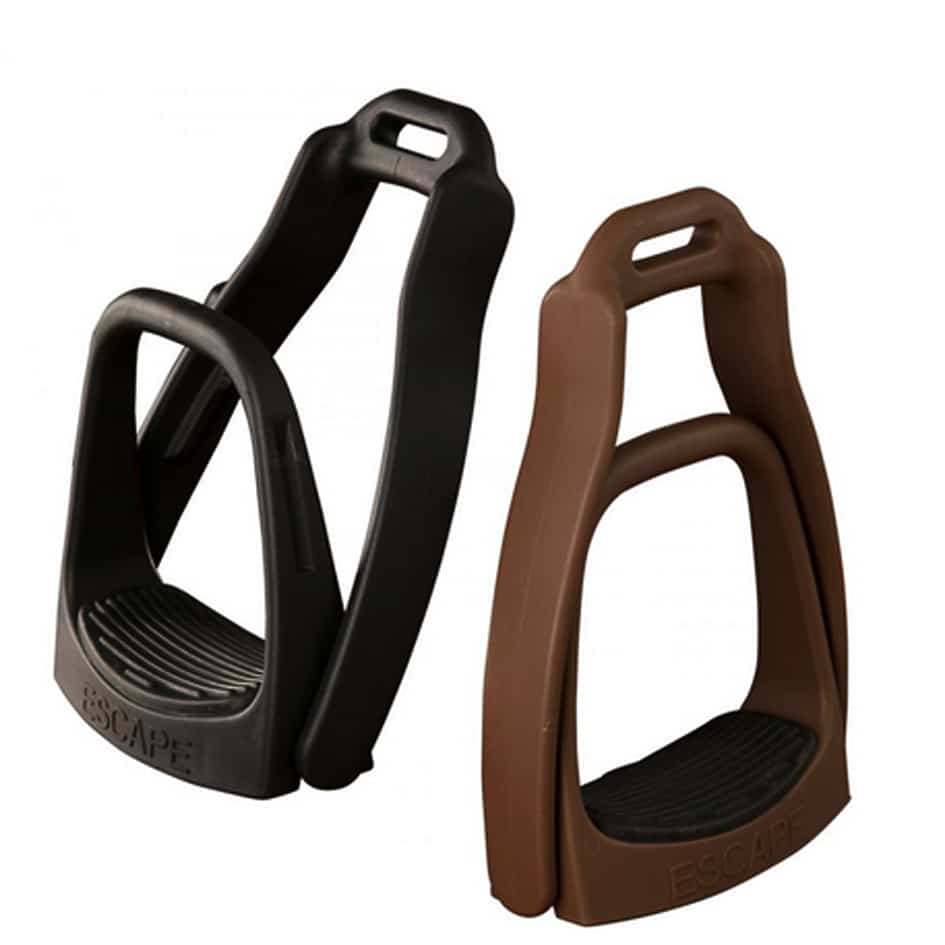
Today, Peacock safety irons are closed on the outer side with a stretchy rubber band, which pings off upon impact. While certainly a great safety feature, they’re not particularly pretty and the rubber tends to perish and needs replacing. Fortuitously, there have been some excellent advances in technology, which have made safety stirrups fashionably ‘in’.
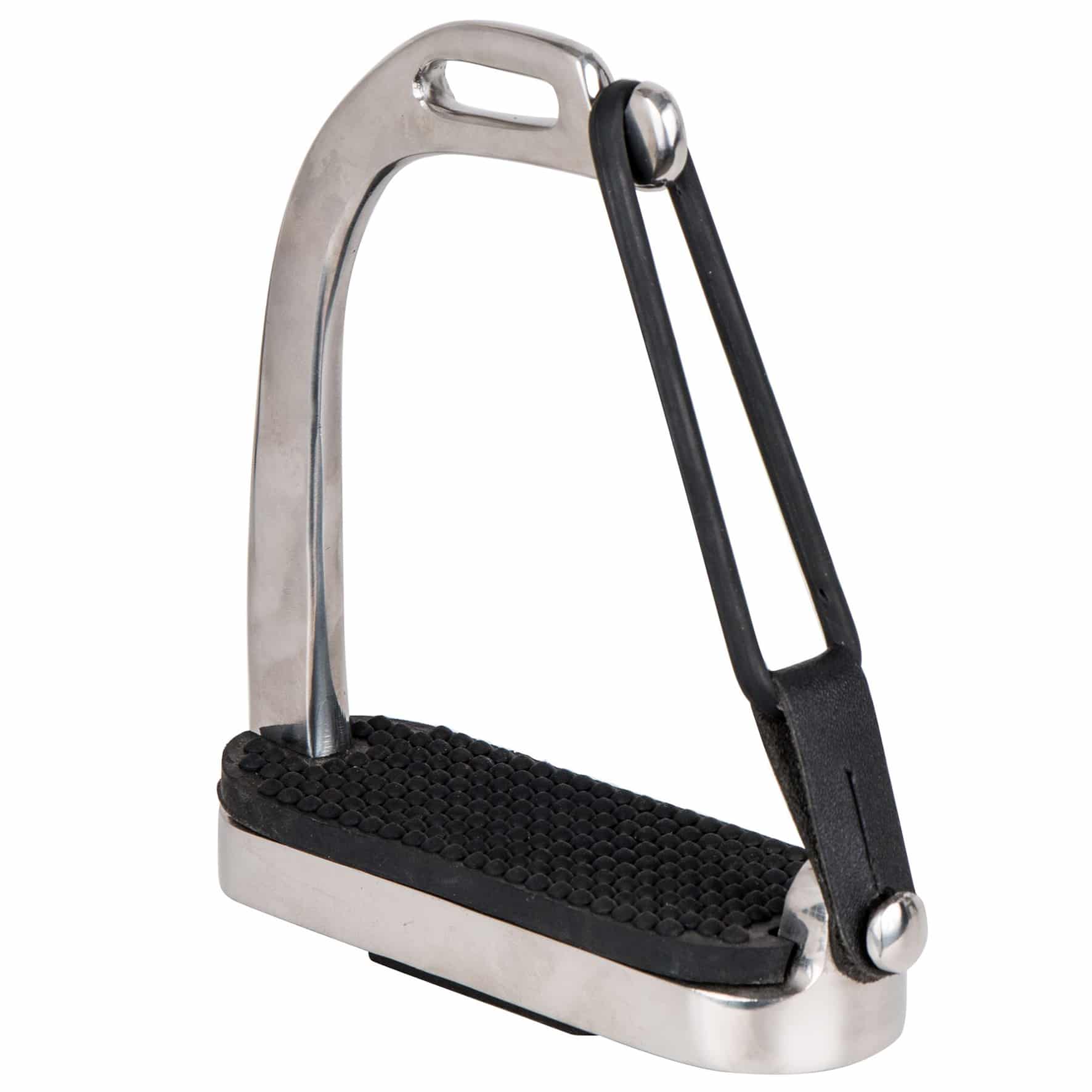
Freejump stirrups feature flexible outside branches which are not connected at the top, so they offer some give and release in the case of an unauthorised dismount.
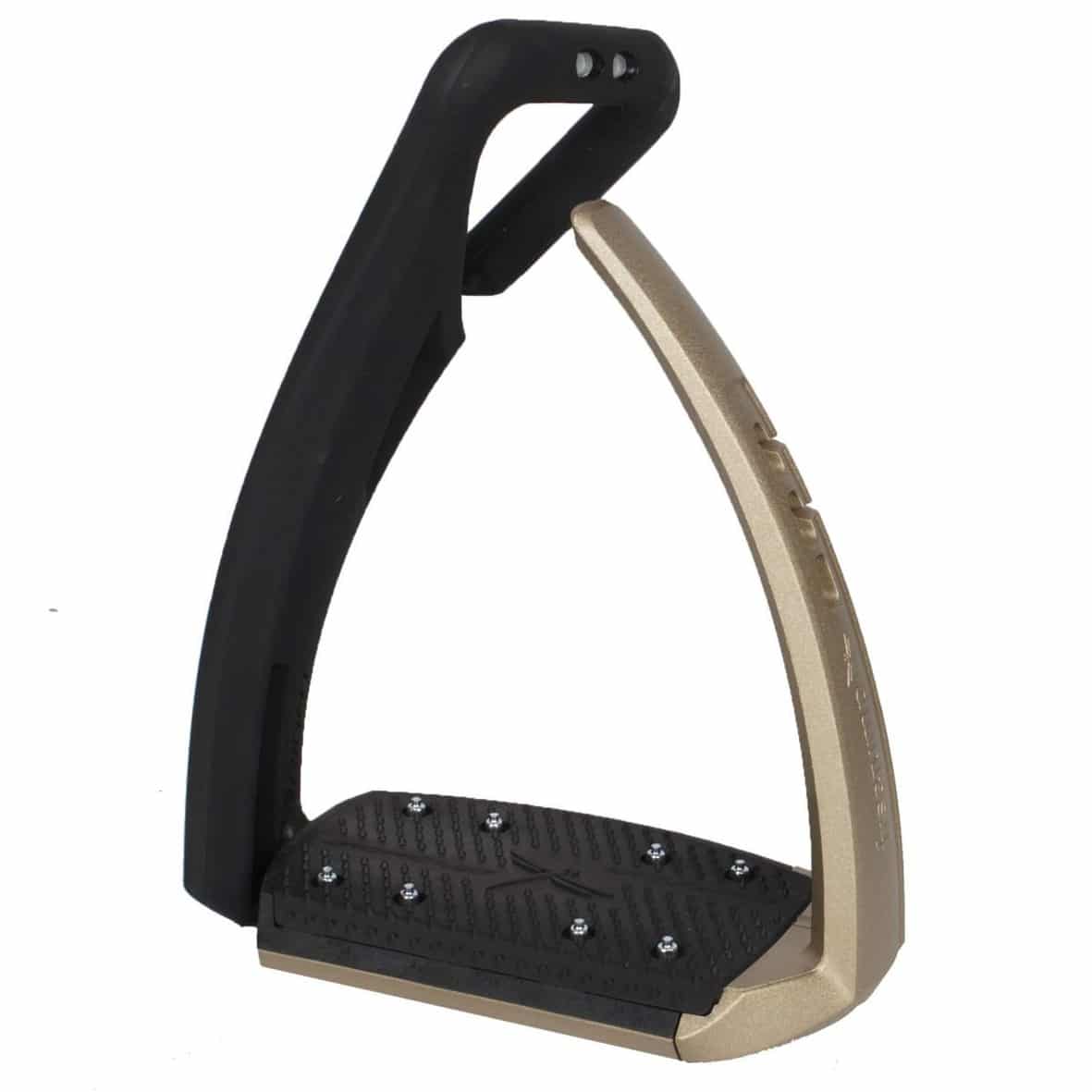
Acavallo Arena Alupro safety irons look similar to a traditional iron. However, when pressure is applied to the outside arm, it unclips near the bottom, pivots upward, and frees the fallen rider from the stirrup.

Pressure relief plus
Anyone who has ridden for extended periods of time will know the discomfort of fatigue in the knee or ankle joints. Fortunately, manufacturers have put some careful consideration into creating pressure relief, primarily through clever angles and suspension. Flexi irons have hinges in each side arm, covered with rubber to protect the rider’s boot. These move and flex underfoot, providing some reprieve for jaded joints. Italian-made Tech Stirrups offer a range of irons that have sloping footrests, to enhance the ideal heels-down position, plus some styles that feature shock-absorbing inserts for maximum rider comfort. The latter are worth the consideration of dressage riders looking to improve their sitting trot.
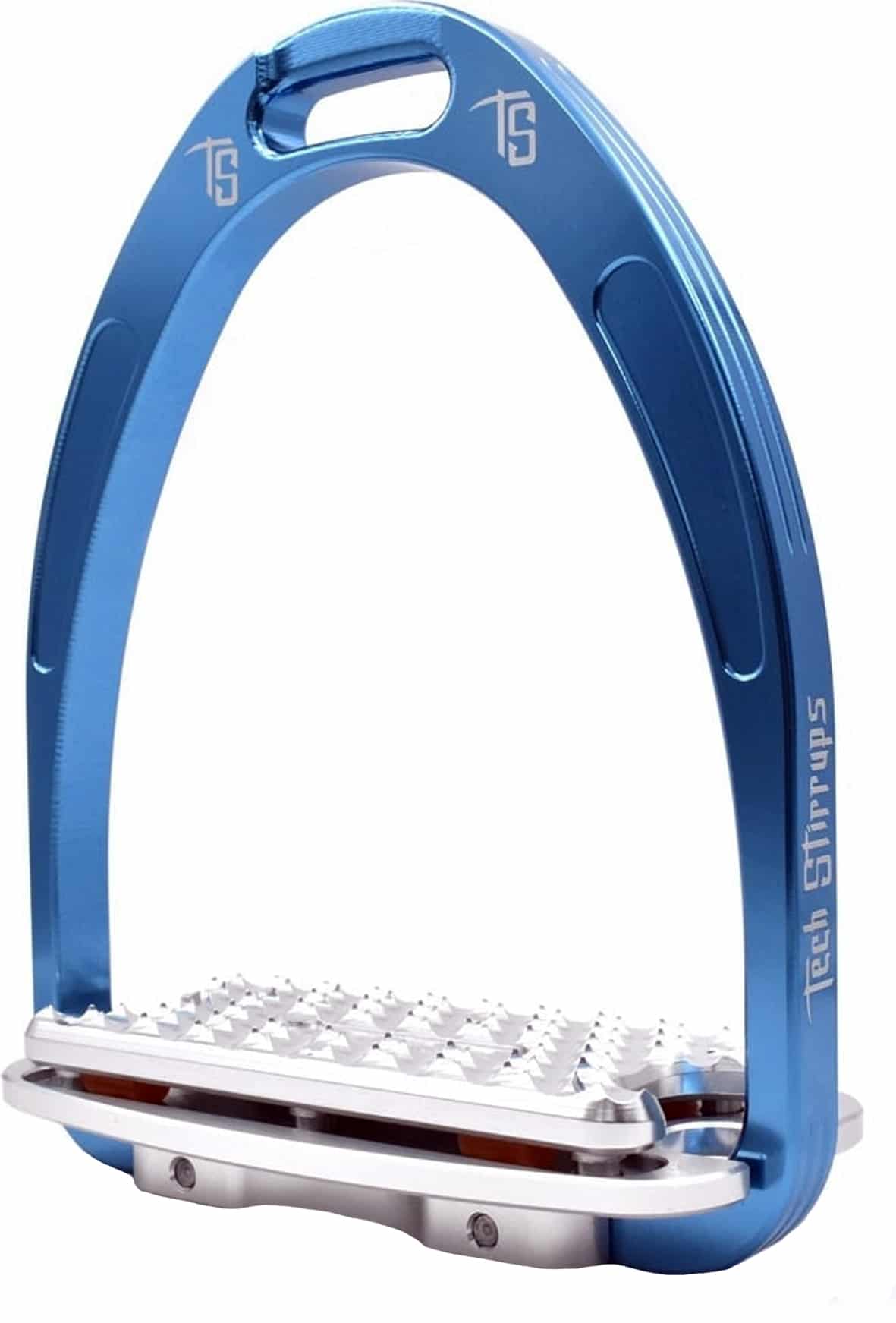
And what about making it easier to find that lost stirrup without missing a beat? There are solutions for that too. Instead of the traditionally fixed, horizontal stirrup leather slot at the top of the stirrup arch, MDC Intelligent Stirrups are fitted with an adjustable slot, which can be pivoted to any one of three pre-set positions. The rider can choose between the traditional setting; a 45 degree angle, which tends to suit jumpers and eventers; or 90 degrees, which is often the preference for dressage, endurance and pleasure riders.
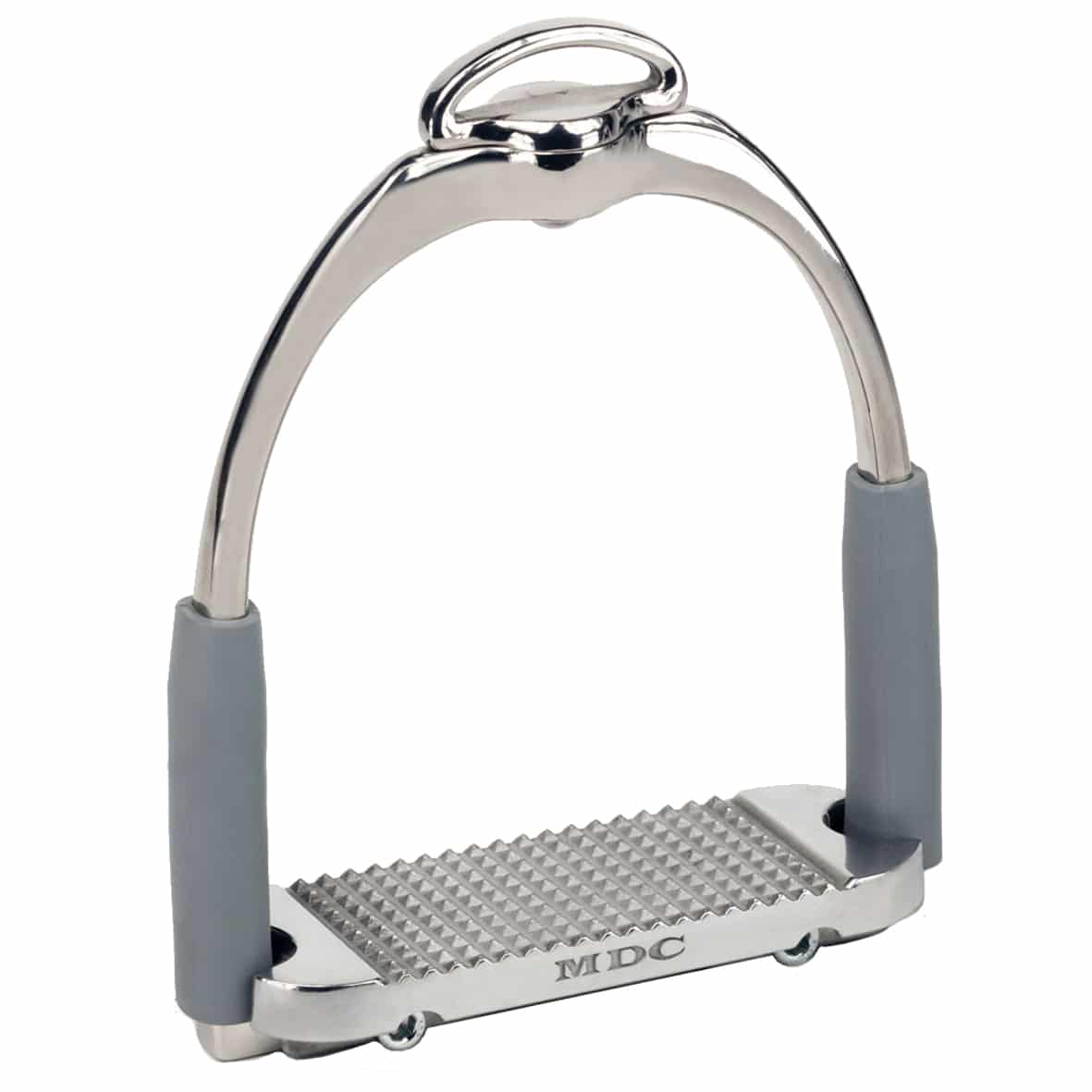
Getting grippy
Yet more innovations have occurred in the area of tread. For many years, the common stirrup bar cover has been rubber. This is still a viable option, as it provides a degree of grip that helps to stop feet sliding through the iron. But for jumpers and event riders, something with a bit more purchase is the way to go. Freejump treads have little vertical nodules for the rider’s boot to grab onto. These do provide stability in high-intensity moments for sure. However, the fairly recent development of cheese grater style footbeds offer arguably the best grip of all, especially when paired with a wide-base iron.
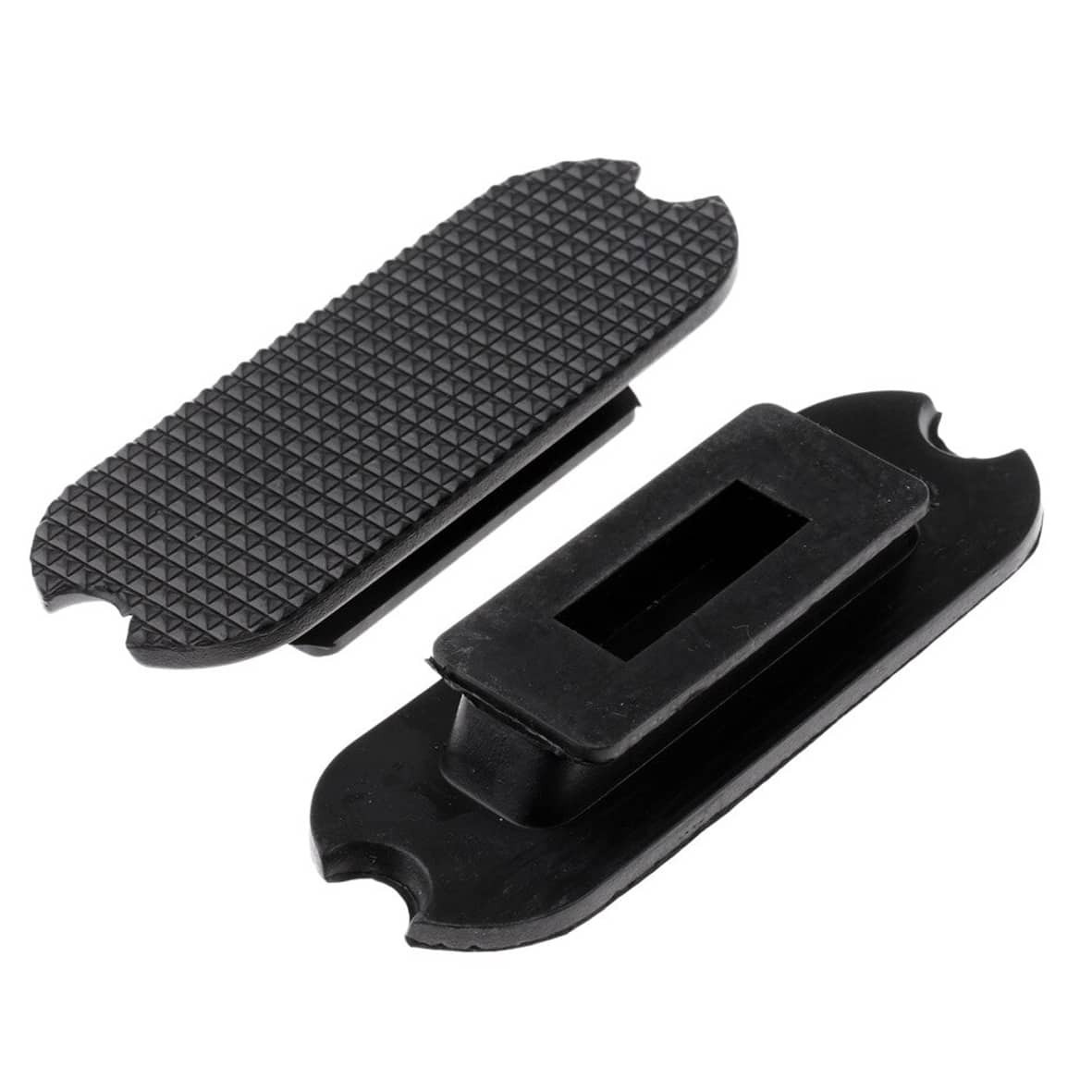
When gallivanting through wet areas, a cross country water jump for example, cheese graters keep holding on where rubber grips are likely to become slippery. As far as jumping goes, rough tread is better, just be careful not to scratch the leathers when running your stirrups up at the end of a ride.

An attractive option
Magnetic stirrups are an intriguing late entry onto the footrest scene. The OnTyte Magnetic Stirrup & Boot System works by creating a non-binding magnetic grip between the stirrup footpad and riding boot sole. The magnetic attraction is enough to give a rider extra security, control and confidence when riding, while allowing for easy dismount at any time, including during an emergency. However, as the word ‘system’ suggests, the stirrups must be used in conjunction with OnTyte riding boots, which are fitted with magnets, or with the rider’s own boots after they’ve been retrofitted with magnetic soles.
The Swedish Ophena brand has come up with an ingenious way to circumvent that challenge by selling their magnetic stirrups with magnetic insoles that simply slide into the rider’s pre-existing footwear.
While many riders have a lot of positive things to say about magnetic stirrups, including para riders, for whom the innovation has been game changing, it’s important to note that not all disciplines allow the use of magnetic footsies. So as always, check the rules before parting with your hard-earned cash.
Western stirrups and oxbows
Flat-bottomed, U-shaped stirrups are mostly used for Western riding disciplines, including trail riding, roping, Western pleasure and Western horsemanship. They may be made from the same materials as English stirrups, or from wood, or wrapped in leather.
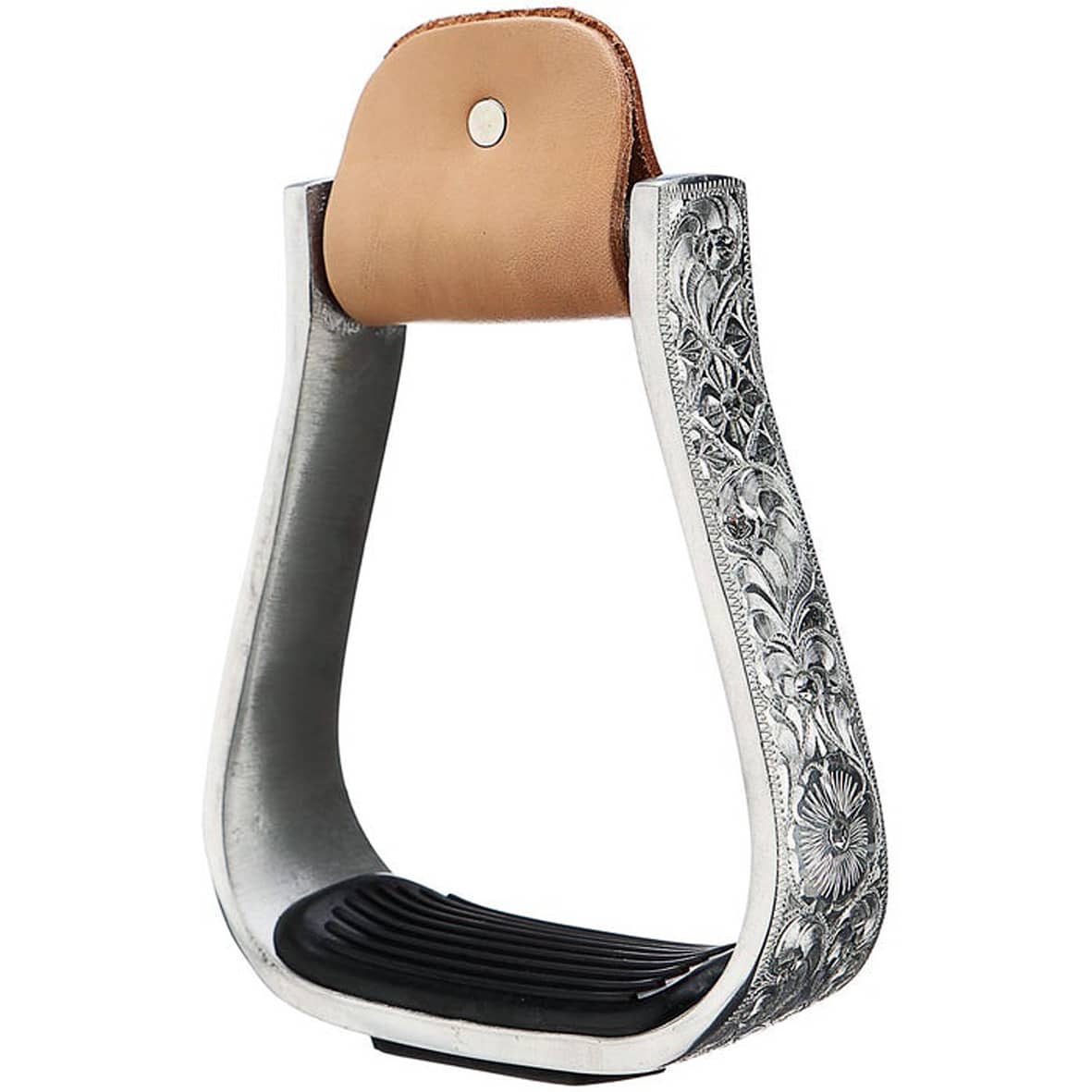
Oxbow stirrups feature a rounded base and are crafted in such a way that the arch of the rider’s foot, rather than the ball of the foot, sits snugly across the base of the stirrup. They’re designed to encourage the rider to keep their heels down, creating a deeper seat as a result. Riders definitely had staying on in mind when they invented these stirrups, which are typically used for riding bucking horses, breaking in young horses, cutting and barrel racing – all activities where the rider needs to have the best seat and balance possible to succeed. The name Oxbow comes from the stirrup’s resemblance to the U-shaped oxbows that were used as the collar for oxen when they were attached to a yoke.
Breakfree safety oxbows are a Western-style safety stirrup, similar to the English version. They unclip from the top, allowing the leg to come away freely and the rider to swiftly part company with a bucking horse should it get its wicked way.
Riders in Australian stock saddles have options. Some use a Western style stirrup, while others opt for a fillis iron, but typically ones with a wider base for more support to accommodate long hours spent on horseback.
Size and fit
No matter the discipline, or the features that tickle your fancy, it’s important to always buy the correct size stirrups. Too narrow and a foot can become stuck, too wide and they may allow your foot to slide through, not to mention making keeping your stirrups in place somewhat of a challenge.
To ensure that a pair of irons is the right size, your foot should be resting in place with a good finger’s width between the widest part of your boot and both sides of the stirrup branch. Alternatively, when shopping online, measure the underside of your boot at the widest point and then add 2.5 centimetres to that measurement. And remember, if stuck between sizes it’s always better to err on the side of caution and go for a pair that are slightly too big rather than too small.

